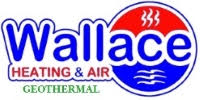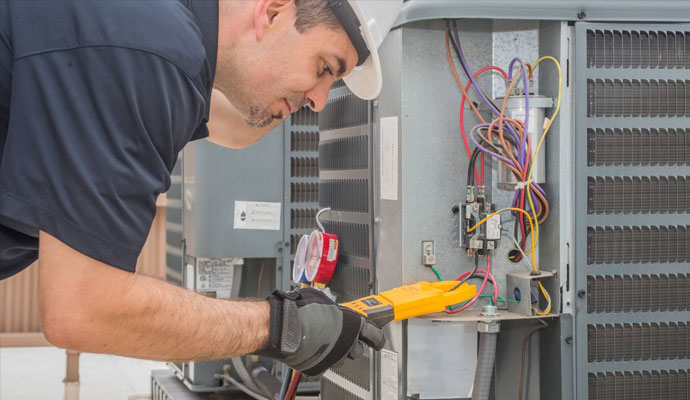Regular HVAC maintenance is crucial to keeping your heating and cooling system running efficiently, saving you energy and costly repairs. A thorough HVAC tune-up ensures that your system is ready to handle the demands of any season. But what exactly does an HVAC tune-up consist of? Below, we’ll dive into the essential components of a comprehensive HVAC tune-up checklist.
1. Inspect Thermostat Settings
The first step in any HVAC tune-up is checking the thermostat to ensure it’s working correctly. Technicians calibrate your thermostat and assess its accuracy, ensuring your home is heated or cooled according to your preferences.
2. Change Air Filters
Clogged or dirty air filters reduce airflow, forcing your system to work harder, and increasing energy consumption. Regularly replacing or cleaning air filters is one of the simplest yet most effective HVAC maintenance tasks.
3. Clean Coils and Condenser
The evaporator and condenser coils play a critical role in heat exchange. Over time, they can become clogged with dirt, reducing system efficiency. During a tune-up, HVAC professionals will clean these coils to maintain optimal system performance.
4. Check Refrigerant Levels
Low refrigerant levels can cause your HVAC system to underperform, leading to higher energy costs and discomfort. A technician will inspect the refrigerant levels and check for any leaks, ensuring your system is adequately charged.
5. Inspect Electrical Components
Loose or corroded electrical connections can affect the performance and safety of your HVAC system. A thorough tune-up includes checking wiring, capacitors, and other electrical components to ensure they’re functioning correctly and safely.
6. Lubricate Moving Parts
Friction from unlubricated moving parts can cause your HVAC system to wear down more quickly and lead to premature failure. During a tune-up, a technician will lubricate parts like fans, motors, and belts to reduce friction and wear.
7. Test System Controls
The system’s start cycle, operation, and shut-off controls need to work seamlessly. A technician will run the system through its cycle to ensure everything is functioning properly and that there are no interruptions or delays.
8. Inspect Ductwork
Leaky ducts can reduce system efficiency and increase energy costs. During a tune-up, the technician will inspect the ductwork for signs of leaks or blockages and recommend any necessary repairs.
9. Clear Drain Lines
Blocked condensate drain lines can lead to water damage and mold growth. Technicians will clear these lines to ensure proper drainage, preventing moisture build-up in your HVAC system.
10. Inspect Blower Components
A malfunctioning blower can decrease airflow and efficiency. A thorough HVAC tune-up includes inspecting the blower motor, wheel, and related components to ensure they’re in good working order.
Why Schedule Regular HVAC Tune-Ups?
- Improved Efficiency: Regular maintenance helps your system run at peak efficiency, saving you money on energy bills.
- Extended Lifespan: Tune-ups prevent small issues from becoming major problems, helping your HVAC system last longer.
- Enhanced Comfort: A well-maintained HVAC system provides consistent, reliable heating and cooling for your home.
- Reduced Risk of Breakdowns: Catching potential problems early can prevent costly breakdowns in the future.
Final Thoughts
An HVAC tune-up is essential for maintaining the efficiency and longevity of your system. Whether you’re preparing for the cold winter months or the hot summer season, following a comprehensive HVAC tune-up checklist ensures your system performs at its best year-round.
Don’t wait for problems to arise—schedule your HVAC tune-up today!

